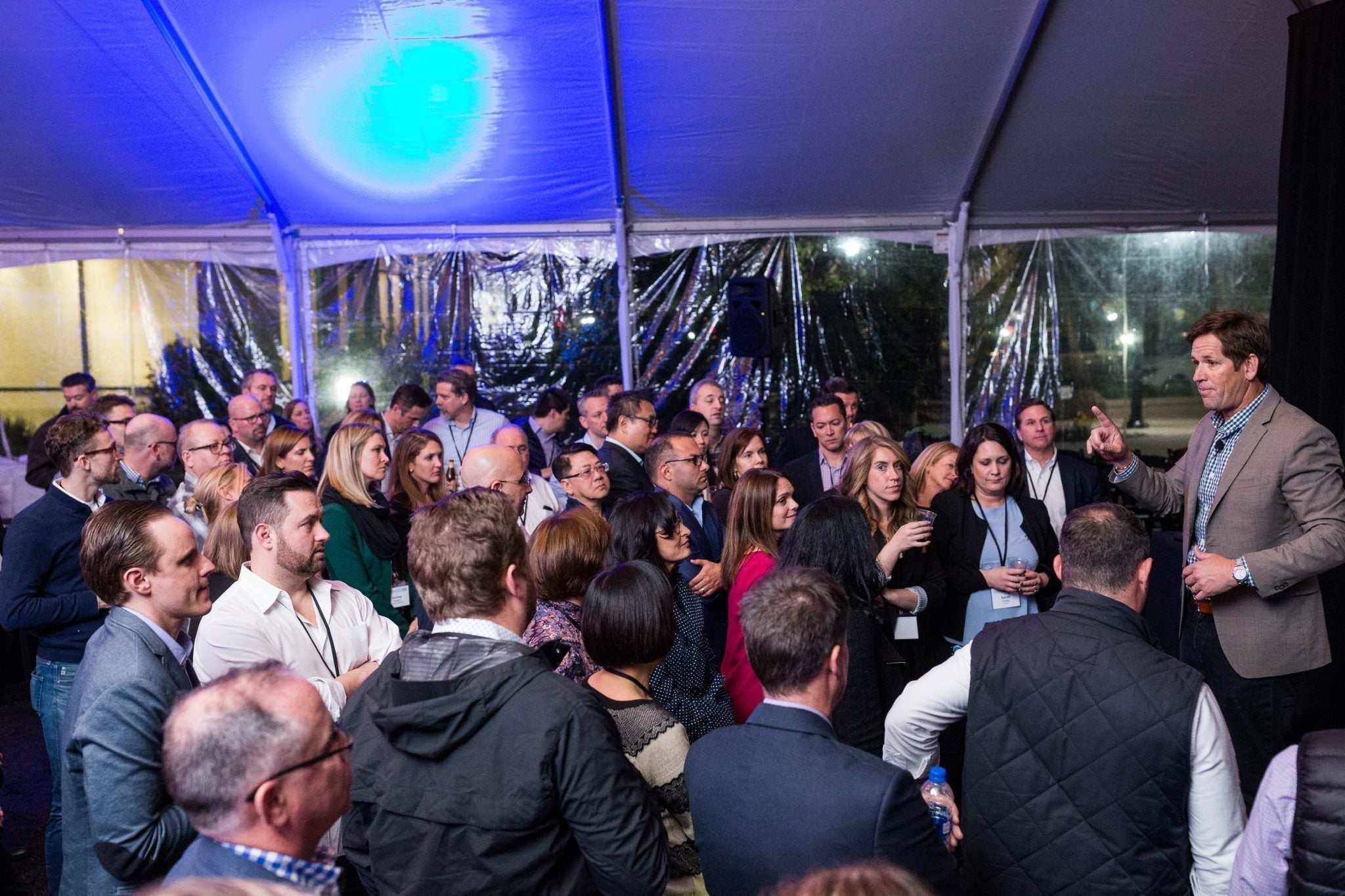Introduction: Why Motivation Matters More Than Ever
If you’ve ever wondered how to motivate employees, you’re not alone. It’s one of the most persistent questions in leadership and human resources—and for good reason. Motivation isn’t just about productivity; it’s about engagement, retention, and the emotional health of your team.
At Odyssey Teams, we’ve spent decades helping organizations unlock the potential of their people. What we’ve found is that unmotivated employees typically fall into two categories:
- Not challenged – People want to feel needed and stretched, but few actively seek out more work.
- Lacking specific direction – Employees often say they don’t know what’s expected of them, especially when job descriptions are vague or outdated.
In both cases, managers have a powerful opportunity to shift the dynamic—from disengagement to resourcefulness, from confusion to clarity.
The Psychology Behind Motivation
Understanding how to motivate employees starts with recognizing a simple truth: people thrive when they feel purposeful. They want to contribute, grow, and be seen. But without clear expectations or meaningful challenges, even the most talented individuals can become stagnant.
Motivation isn’t just about incentives or praise—it’s about alignment. When employees understand their role and feel stretched in a way that’s achievable, they rise to the occasion. They feel proud of their work. They feel connected to the mission.
One Simple Strategy That Works
So, what’s the most effective strategy for motivating underperforming employees?
Give them more objectives and tasks than they think they can handle.
It may sound counterintuitive, but this approach taps into a deep psychological need: the desire to prove oneself. When employees are asked to stretch beyond their comfort zone, they often discover new strengths. They rise. They grow.
As a manager, when you make a request—especially one that feels ambitious—you’re sending a message: “I believe in you. You matter. You’re capable.”
This sense of purpose is a powerful motivator. It transforms how employees see themselves and their role within the organization.
Real-World Example: Odyssey Teams in Action
At Odyssey Teams, our live events are designed to challenge employees in ways that seem impossible at first.
Imagine this:
- Build a prosthetic arm with three people who each have one hand.
- Design and construct a playhouse in one hour—with no prior experience.
These aren’t just team-building exercises. They’re metaphors for real work challenges. They require collaboration, creativity, and courage. And when teams succeed, the emotional impact is profound.
Participants walk away with a renewed sense of confidence and connection. They’ve done something extraordinary—and that feeling carries over into their daily work. It permeates company culture. It changes how people show up.
The Role of Clear Direction
While challenge is essential, it must be paired with clarity. One of the most overlooked aspects of how to motivate employees is the importance of well-defined roles and expectations.
Managers often feel too busy to revisit job descriptions or think deeply about what success looks like in a given role. But this planning is critical.
When employees know what’s expected of them—and those expectations are high—they have a roadmap. They understand where they’re going and how to get there.
Here’s what clear direction provides:
- Focus – Employees can prioritize what matters most.
- Confidence – They know they’re on the right track.
- Accountability – They understand how their performance will be measured.
The more time managers spend outlining roles and responsibilities, the more successful their teams will be. It’s an investment that pays off in engagement, performance, and retention.
Turning Unresourceful into Resourceful
Every employee has the potential to be resourceful. But that potential must be activated.
When someone is unmotivated, it’s easy to label them as disengaged or difficult. But often, they’re simply unclear or under-challenged.
Here’s how to shift that:
- Challenge them with purpose-driven tasks.
- Clarify expectations and outcomes.
- Celebrate progress and effort—not just results.
This approach doesn’t just improve performance—it builds trust. It shows employees that they’re seen, valued, and capable of more than they imagined.
Final Thoughts: Motivation Is a Culture, Not a Tactic
If you’re serious about learning how to motivate employees, start by shifting your mindset. Motivation isn’t a one-time fix—it’s a culture. It’s built through consistent clarity, meaningful challenge, and authentic connection.
At Odyssey Teams, we believe that every employee wants to contribute. They want to feel proud of their work. They want to be part of something bigger.
When managers take the time to challenge their teams and define success, they unlock a level of engagement that transforms not just individuals—but entire organizations.


Share:
How to Increase Productivity at Work During Summer: Strategies for Energy, Connection, and Purpose
Mood Matters: Team Dynamics, Self-Awareness, and the Power of Positivity